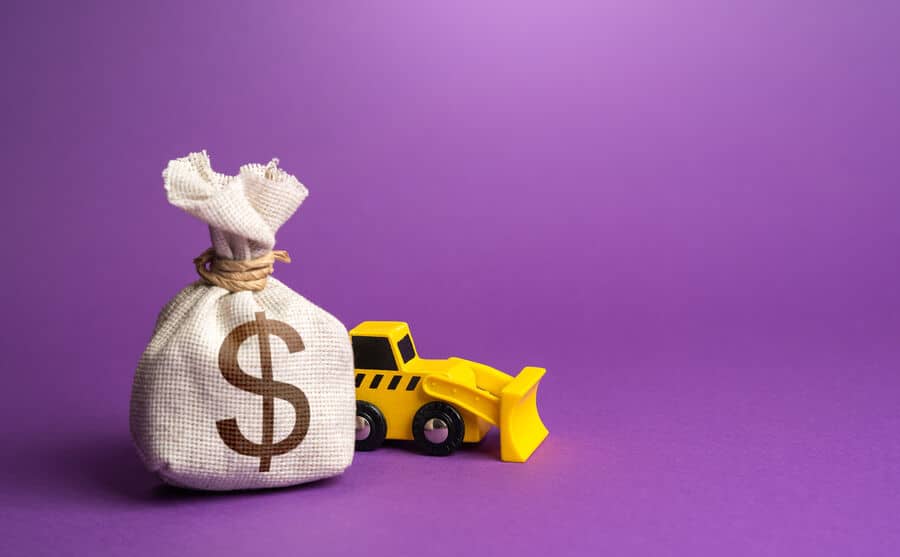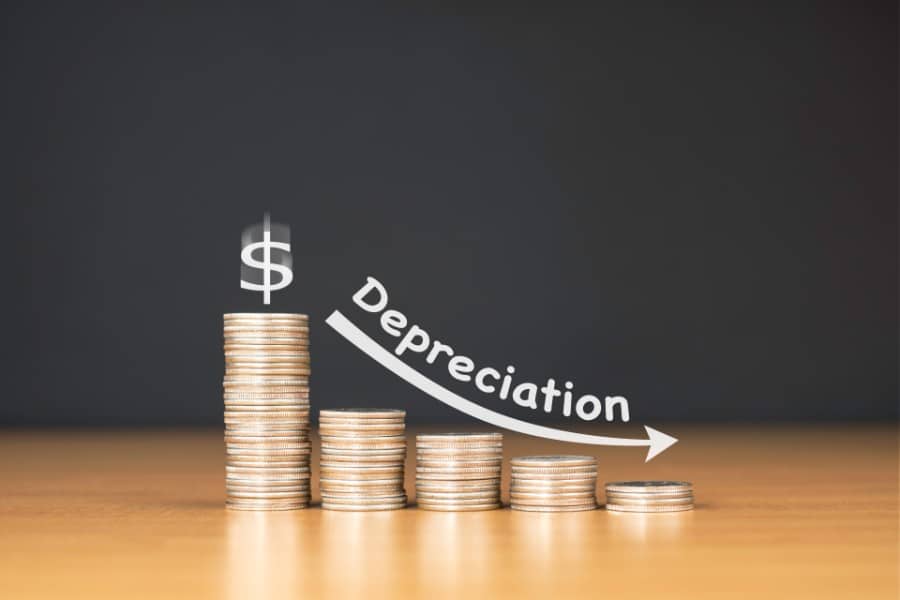The decision should be based on whether the cost improves the asset vs merely restores the asset to its original operating condition. Capitalized payments create an asset on your balance sheet, while expensed payments reduce the net income on your income statement. In general, payments to purchase or repair fixed assets should be capitalized if the amount is material and the asset will generate a benefit to the company over multiple years.
Capitalize | Expense |
|---|---|
|
|
Effect of Capitalizing vs Expense Payments in the Income Statement
The issue of whether to capitalize an expense has an effect on the financial statements. Moreover, the gray areas of capitalization can also be a breeding ground for tax fraud or financial statement manipulation.
Let’s go over the effects on financial statements of capitalizing vs expensing a payment.
Ollivander Woodworks purchased a wood cutting machine intended for the production of wood furniture. The cost of this machine is $50,000, with a useful life of five years and no residual value. In the first year, the company paid a subsequent cost of $6,000. Obviously, the $50,000 purchase price must be capitalized.
Let’s look at the effect on the financial statements if we capitalize vs expense the $6,000 in subsequent costs. Assume the following income statement figures over the next five years if the $6,000 subsequent cost is capitalized along with the $50,000 purchase price.
Assuming the $6,000 payment was CAPITALIZED | |||||
|---|---|---|---|---|---|
Year 1 | Year 2 | Year 3 | Year 4 | Year 5 | |
Net Income Before Depreciation | $16,000 | $17,000 | $18,000 | $19,000 | $20,000 |
Depreciation Expense of Purchase Price ($50,000 ÷ 5 years) | ($10,000) | ($10,000) | ($10,000) | ($10,000) | ($10,000) |
Depreciation of Subsequent Cost ($6,000 ÷ 5 years) | ($1,200) | ($1,200) | ($1,200) | ($1,200) | ($1,200) |
Net Income | $4,800 | $5,800 | $6,800 | $9,000 | $8,800 |
By capitalizing the expense, we avoided recording the full $6,000 expense in year 1. Instead, we spread the $6,000 payment over five years through depreciation. This resulted in a $1,200 depreciation expense per year, rather than a single $6,000 charge in the first year.
Now, let’s look at the effect of charging it to expense in year 1.
Assuming the $6,000 payment was CHARGED TO EXPENSE IN YEAR 1 | |||||
|---|---|---|---|---|---|
Year 1 | Year 2 | Year 3 | Year 4 | Year 5 | |
Net Income Before Depreciation & Subsequent Cost | $16,000 | $17,000 | $18,000 | $19,000 | $20,000 |
Depreciation Expense of Purchase Price ($50,000 ÷ 5 years) | ($10,000) | ($10,000) | ($10,000) | ($10,000) | ($10,000) |
Subsequent Cost (expensed) | ($6,000) | - | - | - | - |
Net Income | 0 | $7,000 | $8000 | $9,000 | $10,000 |
In year 1, we charged the entire $6,000 to expense, which resulted in a net income of zero. Although it may look bad that we had no net income, let’s compare the net income under the two assumptions:
Net Income Comparison ― Capitalize vs Expense | ||||||
|---|---|---|---|---|---|---|
Year 1 | Year 2 | Year 3 | Year 4 | Year 5 | Total | |
(A) Net Income If Capitalized | $4,800 | $5,800 | $6,800 | $7,800 | $8,800 | $34,000 |
(B) Net Income If Expense | (0) | $7,000 | $8,000 | $9,000 | $10,000 | $34,000 |
Net Effect (A − B) | $4,800 | ($1,200) | ($1,200) | ($1,200) | ($1,200) | (0) |
Notice that in year 1, our net income is $4,800 higher when we capitalize the asset cost compared to expensing it. In subsequent years, the difference reverses by $1,200 annually, which is the yearly depreciation if the cost is capitalized.
Regardless of whether we capitalize or expense the payment, the total income over the asset’s life remains the same. The income difference is only a temporary timing difference, as capitalizing spreads the expense over several periods.
Most companies prefer capitalizing for financial reporting purposes to avoid a significant drop in net income in year 1. However, for tax purposes, they often prefer expensing to benefit from immediate tax savings in the first year.
Our related resources:
Tax Savings in Capitalizing vs Expensing Payments
Capitalizing typically results in higher net income in the payment year, while expensing leads to lower net income in that same year. Hence, we expect to pay 1) higher taxes in the payment year when capitalizing the payment; and 2) lower taxes when expensing it right away in the payment year.
Assuming our tax rate is 20%, here are our tax savings and liabilities.
Net Income Comparison ― Capitalize vs Expense | ||||||
|---|---|---|---|---|---|---|
Year 1 | Year 2 | Year 3 | Year 4 | Year 5 | Total | |
(A) Net Income If Capitalized | $4,800 | $5,800 | $6,800 | $7,800 | $8,800 | $34,000 |
(B) Net Income If Expense | (0) | $7,000 | $8,000 | $9,000 | $10,000 | $34,000 |
Net Effect (A − B) | $4,800 | ($1,200) | ($1,200) | ($1,200) | ($1,200) | (0) |
Tax Savings (Liability) if Expensed | $960 | ($240) | ($240) | ($240) | ($240) | (0) |
Expensing in Year 1 saves you $960 in taxes, while capitalizing increases your tax by $160. In later years, capitalizing provides $240 in tax savings annually, whereas expensing leads to a $240 tax liability each year. Over time, the total tax impact balances out, but capitalizing defers the savings to future years.
Journal Entries to Capitalize vs Expense Asset Payments
When we capitalize payments, we debit the payment to our fixed asset account. The payment will increase the balance of our asset account in the balance sheet. If we charge it to expense, we debit the payment to Repairs Expense. The effect of capitalizing would be a gradual transfer of the repairs and maintenance cost to profit and loss over years through depreciation.
CAPITALIZE | EXPENSE | ||
|---|---|---|---|
Equipment Cash | $6,000 $6,000 | Repairs Expense Cash | $6,000 $6,000 |
Frequently Asked Questions (FAQs)
Capitalization involves recording a cost as an asset on the balance sheet, allowing it to be spread over multiple future periods through depreciation or amortization. In contrast, an expense is a cost that’s immediately recognized on the income statement, impacting only the current period’s financial results.
Repairs should be capitalized if they increase the asset’s useful life, capacity, or quality, or if they involve a significant overhaul or change in purpose. On the other hand, repairs should be expensed if they are routine maintenance or improve only the asset’s appearance, or if the payment is relatively small and not material to the company’s overall financial results.
Bottom Line
Knowing when to capitalize vs expense a subsequent cost related to a fixed asset requires careful consideration. From an accounting perspective, the two options have no effect on overall net income over the life of the asset. However, there’s a difference in net income across years due to timing differences.


